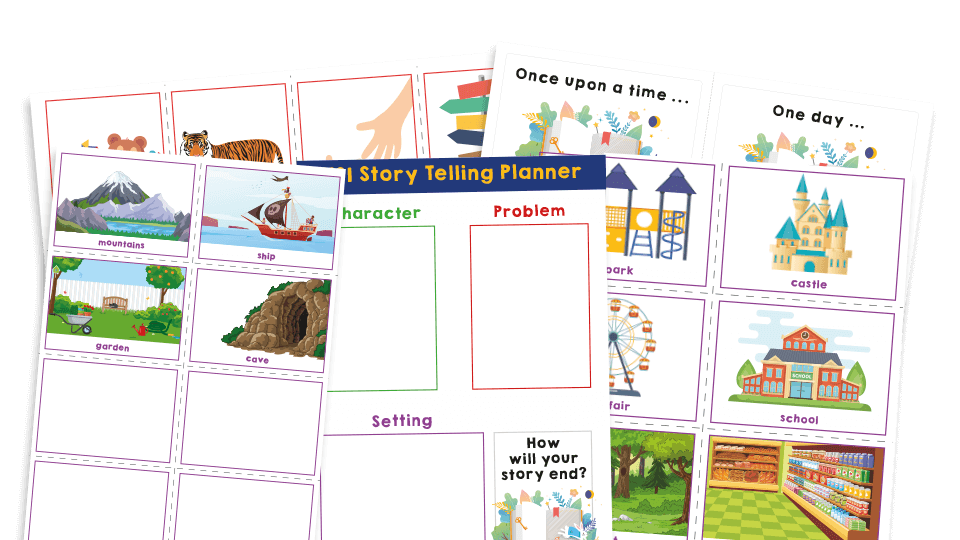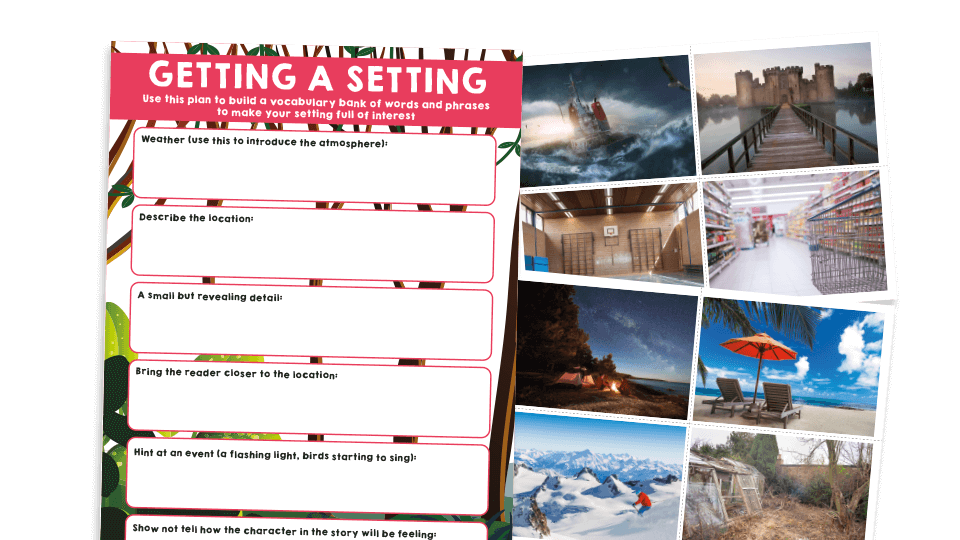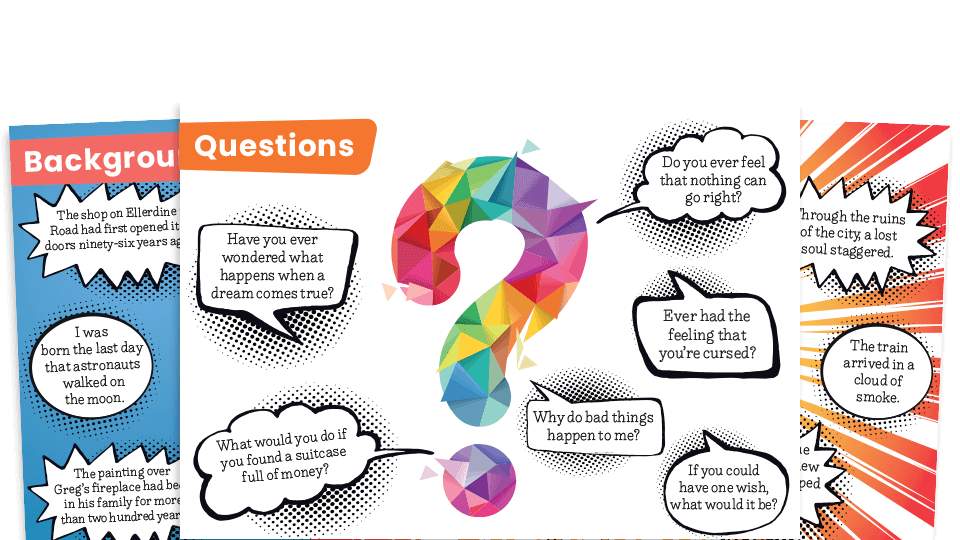A good story is able to bewitch the reader and bring imagination to life. Typically, it can do this all by itself with only the words on the page and perhaps the illustrations that accompany it. Sometimes, however, we can make that delight even more tangible with a simple bag of tricks – known as a 'story sack'.
What is a story sack?
So, just what are story sacks? Stated simply, a story sack is a collection of physical items and activities related to a particular tale and the themes it covers.
Gather those things together, put them in a big, cloth sack and hey presto! You have a story sack.
The importance of story sacks
Story sacks can be used by anyone, including parents. They are particularly useful, however, for teachers when it comes to introducing a new story to little ones.
But don’t think they’re just for younger children either. Given the right book and contents, a story sack can be just as engaging for pupils right across the primary age spectrum.
Ready-made or handmade story sacks?
You can buy story sacks – for a price. If you’re lucky, there might be a library near you that provides ready-made story sacks for free. Failing that, it is easy to make cheap story sacks of your own with a large cloth bag.
That doesn’t mean home-made versions are an inferior option – in fact, they could well be better because you can make them both personal to you and tailored to the needs and interests of your class.
One thing is certain, though: the creation of an effective story sack begins with at least one thorough reading of the book in question.
What to include
What you include with your story sack resources is largely up to you. However, here are a few things that have regularly been shown to be useful.
Apart from the book (of course), you could include items to represent the main character or characters, such as soft toys, puppets, action figures – even cardboard cut-outs.
Add some props such as costumes (no need for full outfits – even just a mask for a highwayman would do) or key items from the story.
Objects, including photos or postcards, to represent the location might also help to set the scene. A copy of an audio recording of the book or even a video would also be appropriate.
Responding to the story
Your story sack resources don’t have to just support the telling of the tale. It’s often a good idea to include items that help pupils to respond to the story or explore its themes further.
For example, you could include a non-fiction book or two that could answer questions about aspects of the characters or the setting.
You could also include activities, such as craft projects, or materials to help pupils write their own narrative based on the book.
For example, we offer storytelling cards for both Key Stage 1 and Key Stage 2 to help pupils develop their own characters and settings and establish their story structure.

We also have a ‘Getting the Setting’ pack that encourages children to focus on interesting details of their story locations, plus a ‘Hero’s Journey’ planning pack to support with the plotting of a quest-style adventure.

Story sack ideas
Now you know how to make a story sack, you’ll want some suggestions for how to use it effectively. Once again, it is largely up to you; the main thing is to give it a sense of mystery and wonder.
If you had a tradition of Christmas stockings (or similar) throughout your childhood, you will remember the thrill of seeing and even feeling a bulging, cloth-enveloped collection of unknown goodies.
Assuming you had the self-discipline not to just tip it out onto your bed, you will probably remember the joy of taking one item out at a time and examining it carefully before reaching in for the next.
Try to replicate that feeling as you unpack the sack. If you can successfully express excitement, it is likely that some of that delightful anticipation will be transferred to your class.
Fun reading activity idea
You can start with the book, then gradually extract various props and costumes as you go along, possibly as you are telling the story.
Alternatively, why not pick out some of the items first and get your class to exercise their predictive or deductive skills to guess what the story might be about. Can they name the title in the case of well-loved or traditional tales?
Keep the story sack going throughout the reading
There might be a temptation to unpack the whole thing right at the beginning and then almost forget about the sack. However, don’t underestimate the staying power of the story sack.
By packing everything back into the bag after each session, then pulling out the items you have already revealed at the beginning of the next, you can create your own ‘Previously on …’ feeling, reminiscent of a TV series.
Making story sacks work in school
The more imagination and novelty you put into your story sack ideas, the richer children's writing is likely to be. Even so, they might still need a little help to get their creative juices flowing.
Our Key Stage 2 Story Starters writing posters might help there and could be the last thing you produce from the depths of the sack.

Ultimately, you will be using your story sack as a vehicle for promoting a level of engagement with the text that inspires your pupils to produce quality writing of their own. If you can pull that out of the bag, it will all have been worthwhile.
Sue Drury qualified as a primary teacher in 1999. Teaching pupils from Year 1 to Year 8, she has held a variety of positions including maths and English subject leader, year leader, and assistant headteacher. Sue has mentored students and NQTs, offering guidance and advice using her years of experience. She created many of Plazoom's literacy resources.